- The steel silk road breaks the hegemony: the China-Iran railway rewrites the geopolitical rules of the 21st century

In June 2025, a train full of Chinese-made products departed from the ancient capital of Xi'an and took just 15 days to cross the vast steppes of Kazakhstan and the golden desert of Turkmenistan, and finally arrived at the port of Apringan in the heart of Iran.

The infrastructure miracle broke the century-old maritime hegemony
This 10,400-kilometer-long steel artery, with an average daily throughput capacity of 30 trains and 1,000 trucks, cuts off the traditional 40-day voyage by sea. At the port of Apulingan, hundreds of millions of dollars worth of Iranian oil are being quickly transferred to China through a fully automated loading system, while electromechanical equipment from the Yangtze River Delta is constantly being transported to the Middle East. The railway not only earned Kazakhstan $1.5 billion a year in tolls, but also reduced the hegemony of the Strait of Malacca, which the United States had operated for a century, to a "geographical ornament" – while the Pentagon was still deploying aircraft carrier battle groups in the Indian Ocean, China had used the rails to weave a trade network in the heart of Eurasia that the US Navy could never block.

RMB settlement broke through the iron curtain of the US dollar
The day after the U.S. Treasury Department announced a new round of sanctions against Iran on May 14, a special train loaded with Shandong photovoltaic panels has quietly set off. This anti-sanctions corridor is creating a financial miracle: trade between China and Iran has soared to $53.7 billion, 80% of which is settled in the renminbi and Iran's local currency, and Tehran has skyrocketed its renminbi reserves from 3% to 30%. At the Isfahan railway hub, every solar panel with the words "PowerChina" speaks of a new order – when the SWIFT system fails to monitor the movement of goods on the rails, the financial nuclear bomb of dollar hegemony becomes a dud. What is even more unsettling to Wall Street is that this "railroad currency" model is being replicated in Central Asia: Uzbekistan's cotton trade and Turkmenistan's natural gas trade have followed suit, and a Eurasian trading system with the steel Silk Road as the skeleton and the renminbi as the blood has taken shape.

Eastern wisdom crushes Western sanctions
The Trump administration's elaborate strategy of maximum pressure is riddled with holes in the face of China's infrastructure madness. On the outskirts of Tehran, Chinese engineers are laying an electrified 250-kilometer-per-hour two-track railway in an oil-for-infrastructure model. In the Karakum Desert, precision instruments embargoed by the United States are being dismantled into civilian supplies and moved by train ants; In Isfahan, a Chinese-aided photovoltaic plant has enabled the city to receive 24-hour electricity for the first time under U.S. sanctions. This constructive breakout stands in stark contrast to the destructive U.S. blockade: when India's $500 million Chabahar port project collapsed due to fear of U.S. sanctions, the China-Pakistan-Iraq Economic Corridor (CPEC) began to deliver a third shipment; While European companies are withdrawing from Iran due to secondary sanctions, XCMG's railway cranes are helping Iran expand its ports. As Iran's Supreme Leader said, "Where the railroad tracks extend, sovereignty extends." "It's not just about transporting goods, it's about development – China has used rails to prove that in the 21st century, the lever driver's lever carries more weight than the aircraft carrier captain's knife.

At sunset, a gantry crane at the Port of Aplingan loads containers printed with the China-Europe train onto a train bound for Hamburg. This image is a metaphor for the nature of global power shifts: while the United States is still using the 20th-century sea power mentality as a prison, China has reconstructed the rules of the world with the interconnection of land power in the 21st century. History will prove that it is never the sharpest sword that changes an era, but the most tenacious track – one that traverses deserts, connects civilizations, and ultimately turns the sanctioners into trapped beasts on an island. On this steel silk road, it is not only the whistle of a train, but also the morning bell of a new multipolar world order.(This article is from the official website of Seetao www.seetao.com. Reprinting without permission is strictly prohibited. Please indicate Seetao.com + original link when reprinting) Seetao.com Strategy Column Editor/Sun Fengjuan
Comment
 Praise
Praise
 Collect
Collect
 Comment
Comment
 Search
Search


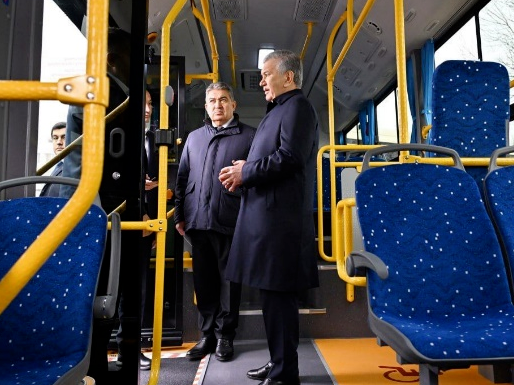

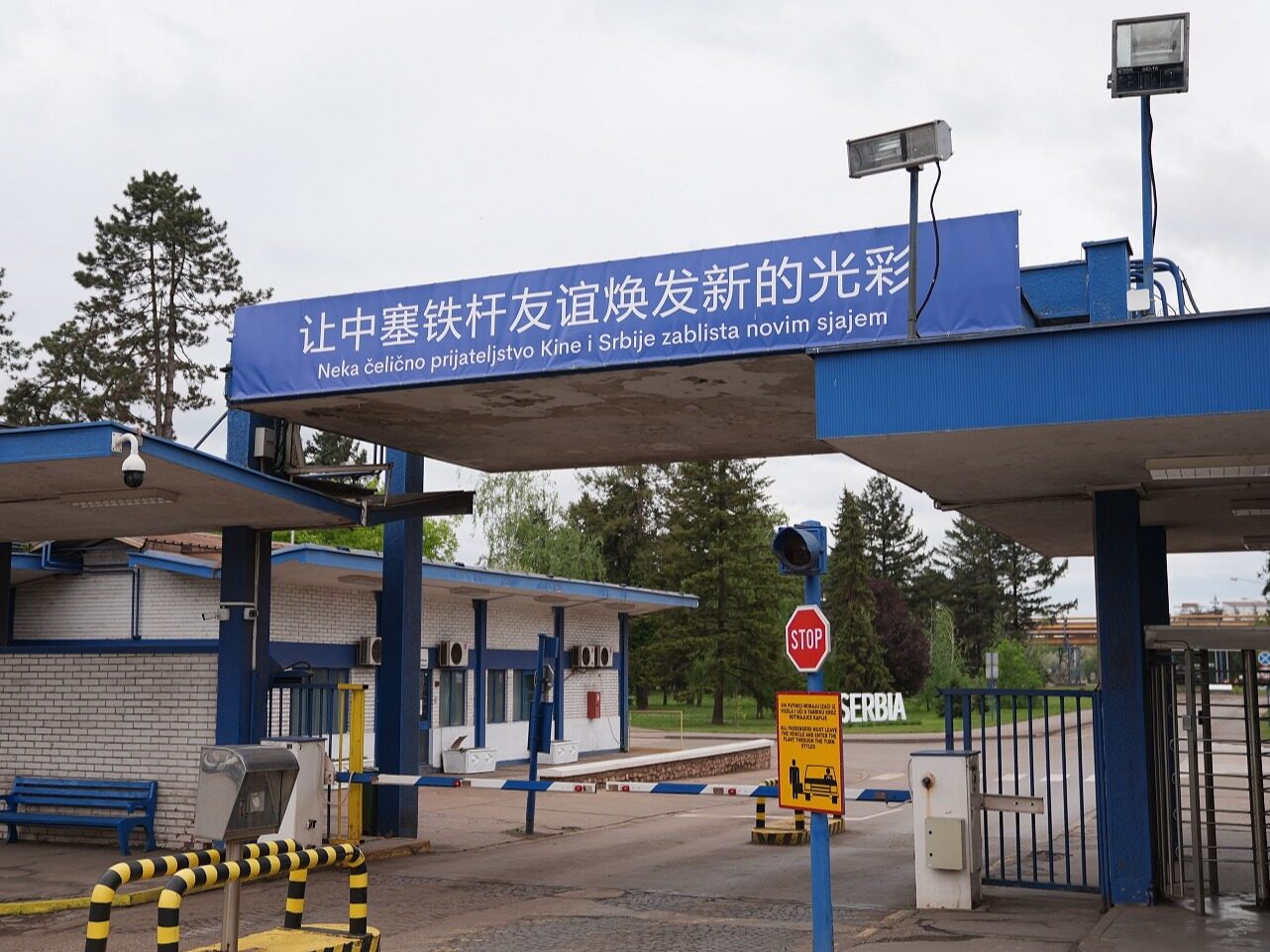
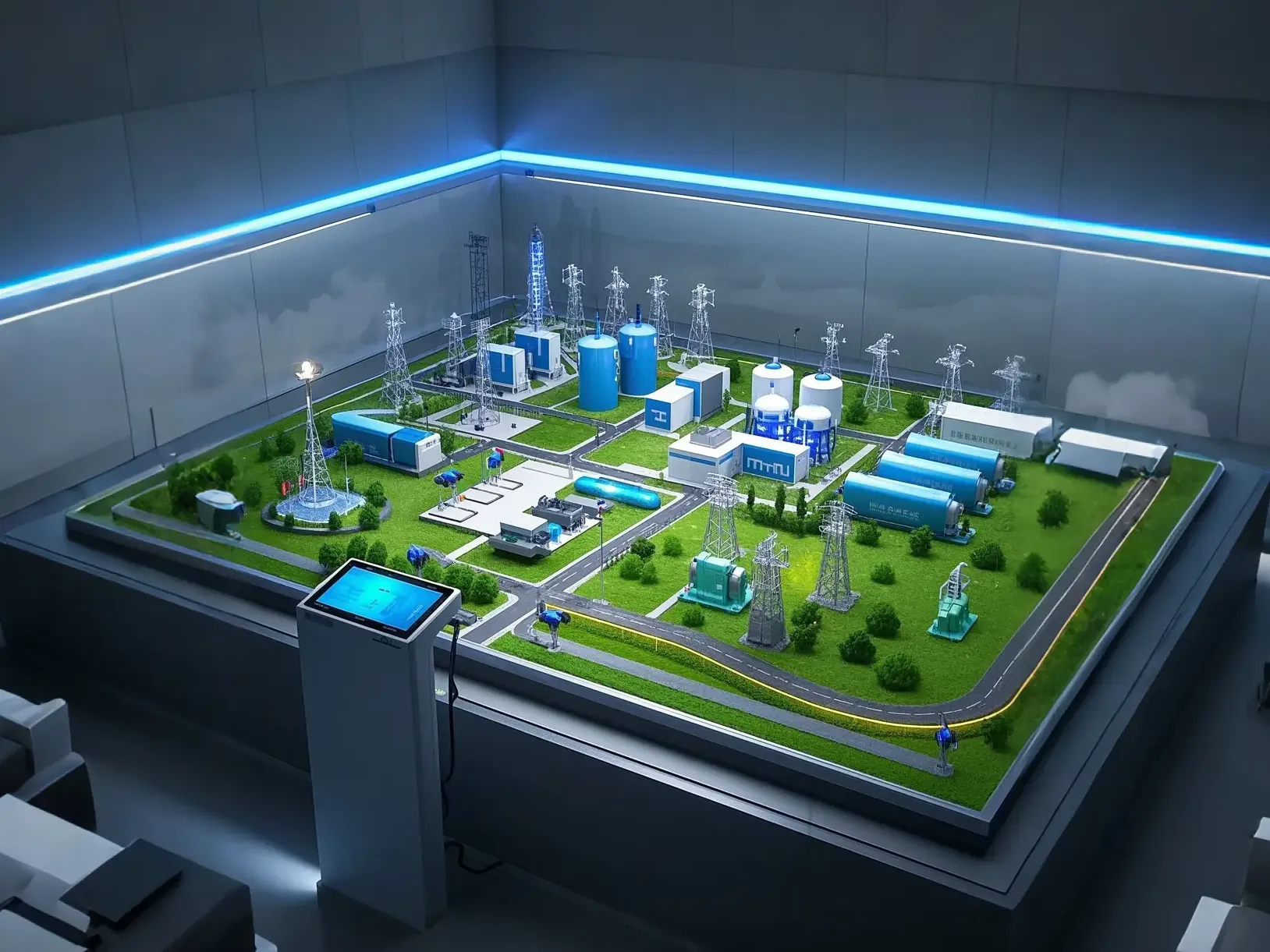
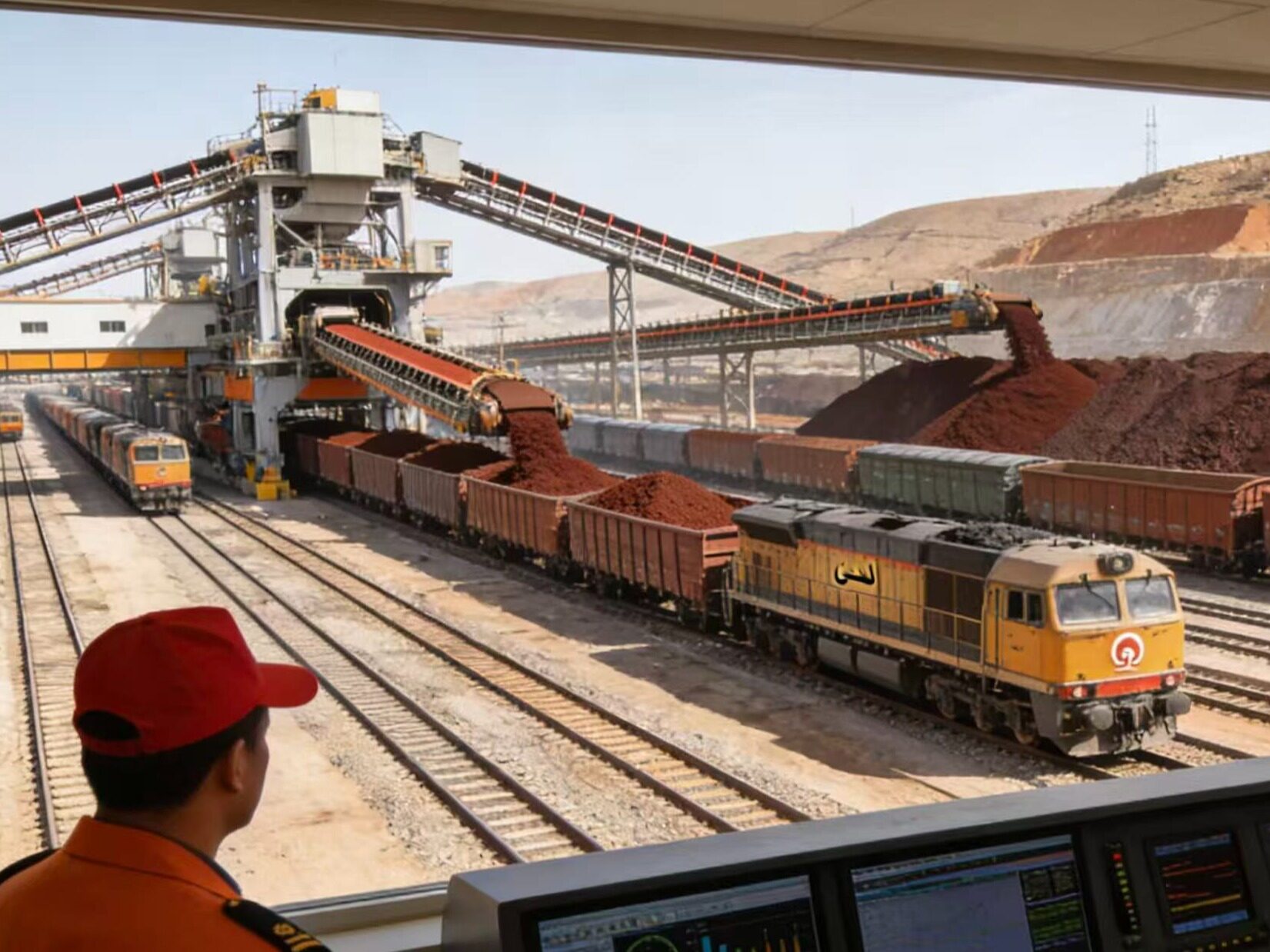
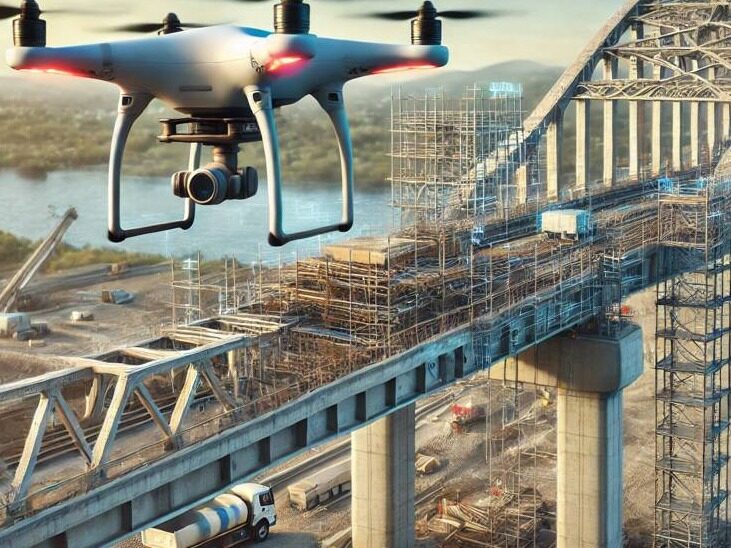






Write something~